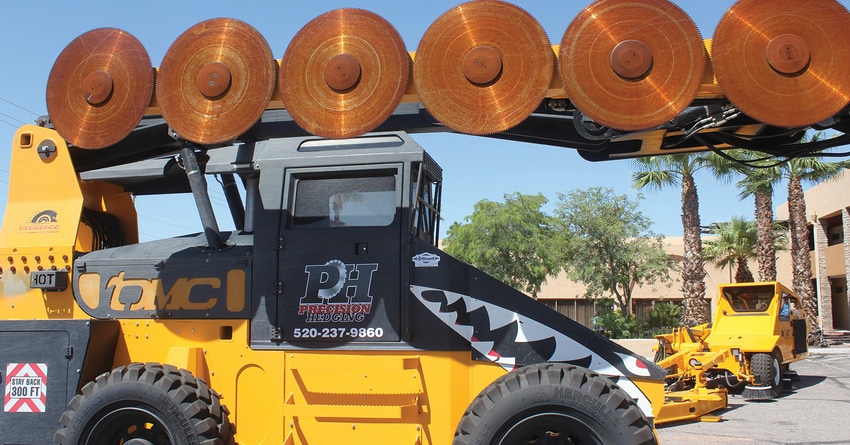
Stymied by COVID-19 last year, members of the Arizona Pecan Growers Association finally managed to gather for a two-day get-together prior to the start of the 2021 harvest.
They talked of old times. They talked about current times. And they expressed concern about some first-time sightings in Arizona of a leafroller pest, the pecan bud moth, first discovered in mid-to-late August feeding on Pawnee in the San Simon area and Western in the Bowie area during the final kernel ripening stage.
“This is the first time growers have reported this pest,” noted the report prepared by the University of Arizona Cooperative Extension, Arizona Pest Management Center.
The report continued: “Arizona’s pecan growers generally enjoy production without the ravages of some insect pests better known in Eastern production regions, but the Gretchena bolliana moth, one of a dozen species in North America and generally restricted to regions well East of Arizona, has been identified here with recent collections being the first confirmed for the state.”
Morphological identification showed a 99.85% similarity to sequences of pecan bud moths collected in Texas and Oklahoma.
“Confirming a new species in our state, one that makes its living on pecans, may sound alarming, but species identification is only part of the process as we don’t know if the moth will develop into an economic pest in Arizona pecans,” the report noted.
With the discovery, early season scouting will become even more important as initial detection, typically at bud-break into the parachute stage in the March/April timeframe, will be critical for control. Notes the report: “There is no established threshold for pecan bud moth control and much uncertainty about the extent of potential infestations in Arizona exists.”
The moth was one of the discussion items at the 26th annual APGA gathering, this year an in-person event. From fertilizers and pest control products to laboratory sampling and irrigation systems, vendors filled all available space displaying their latest products and services.
Representatives of the National Pecan Federation and the American Pecan Council reported that pecans were making progress in their public awareness campaigns, coming close to almonds in public acceptance on the grocery shelf. “Exports have increased and inventory has been moving,” they reported.
Fourth in production
“Arizona is ranked fourth in pecan production, behind Georgia, New Mexico, and Texas, (and is second in pistachio production),” according to University of Arizona economist Dari Duval who updated an Economic Impact of Arizona Pecans study. “And the number of acres planted are increasing rapidly in an industry that represents about $190 million when you include all multiplier effects.”
In discussions ranging from climate change impact on nut trees to advancements in pecan hedging and topping, New Mexico State University plant geneticist Dr. Jennifer Randall noted --- “We know what the best genes are and where they are and marker-assisted selective breeding is becoming a reality to create trees for specific geographical locations.”
APGA board member Mike Kilby, a veteran of half a century in the pecan growing business reflected on changes he’s seen in those 50 years: “The big thing is the hedging we’re doing now. We’ve gone away from taking trees out and transplanting them. Another thing is the increased density of our orchards --- more trees per acre --- hedged pruned when they’re young to keep the lower parts of the tree in production.”
As to what happens next in Arizona’s nut industry, Kilby predicted that water issues would mandate a need for different irrigation systems with less water being applied more efficiently.
“We’ll see new varieties that come in earlier in the season versus the standard varieties we have now. That will be the biggest change because we have the genetic capabilities now to manipulate those variables and create varieties that will be more sustainable in our warmer and drier environment. Look for closer spacing in orchard rows and an emphasis on earlier-maturing varieties.”
Read more about:
PecansAbout the Author(s)
You May Also Like




